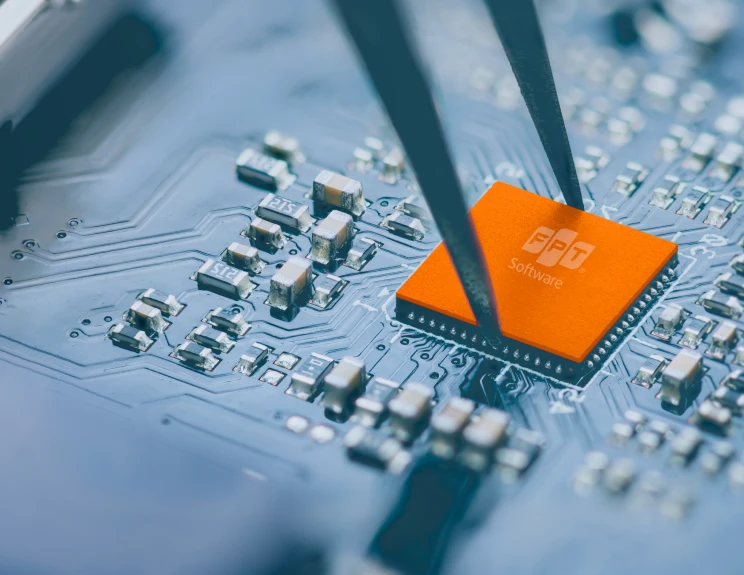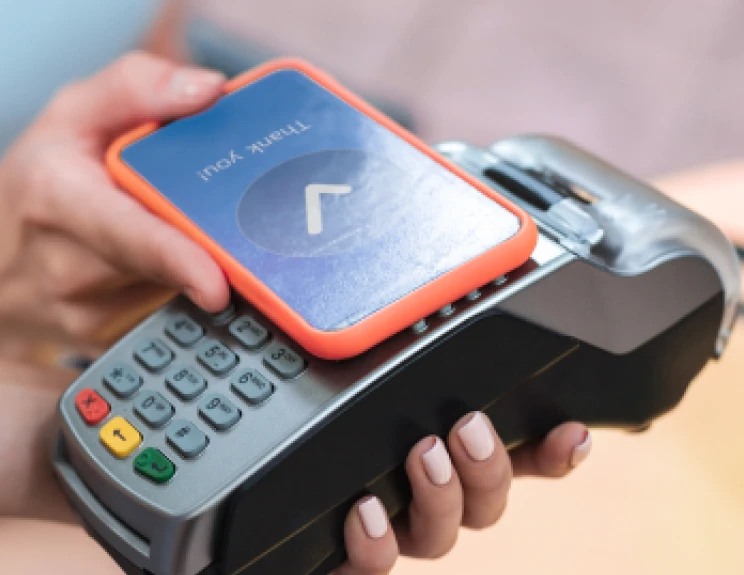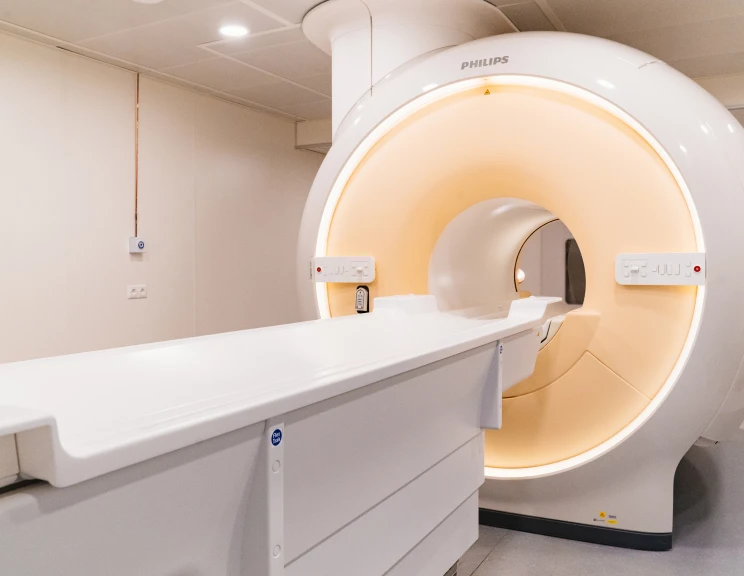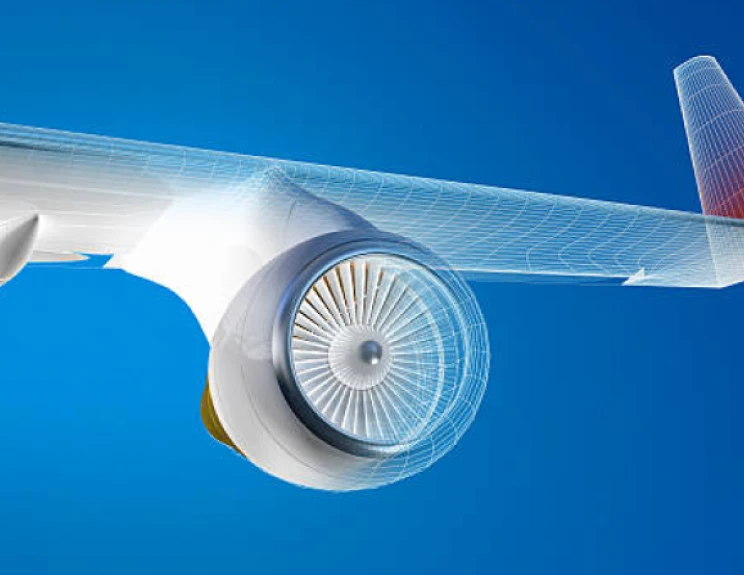
Since the first automated teller machine (ATM) was invented in 1969, banks have constantly looked for ways to operate faster, leaner, and cheaper. Many have started relying on robots process automation (RPA) to free employees from mundane, repetitive tasks that prevent them from staying productive. Here are the three ways how.
"81% of banking CEOs are considering the impact of technology changes to the finance world" - PwC
1. Customer on-boarding
The process of on-boarding a banking client contains many steps and oftentimes resulting in a long-awaited completion (The 04-Question Strategy for Banks to Achieve RPA Success). According to Forbes, it often takes 20-90 days for banks to onboard a new client, and the estimated maximum amount of revenue lost due to delay in acquiring customers are approximately $25,000.
"Extensive research by Deloitte shows ''a typical bank with 125,000 customers, that on-boards ~3% new customers and expands services for another ~6% - 7% of its customers each year, could see a one-time savings of $100 million during on-boarding and could see another $100 million in savings every three years from automation of ongoing monitoring processes’’ - Deloitte
Off-loading employees from mundane, repetitive tasks with RPA can increase speed-to-outcome, which results in a higher level of productivity and efficiency. Further, it can shorten completion time without potential human-errors. Danske Bank reported $153 B earning in 2017 by developing a robot that automates information gathering during each step of a customer account on-boarding.
2. Loan processing
The commercial lending market incorporates various software applications to get a higher return as loan is the primary source of revenue for many banks. While both banks and their customers benefit tremendously from the service, the transaction must be processed on time and accurately to meet customers' plans. In this culture of instant gratification and immediate results, rule-based tasks, such as supporting trailing documents, personal data inputting, verifying credit scoring, should be winded up with just a click. At the same time, loan officers and operations personnel receive notifications of missing documents to ensure loans are in good order. Decision-makers can supervise the entire process with high-level security.
Under COVID-19 impact (Adopting RPA in Response to COVID-19 Pandemic), the U.S. Small Business Administration (SBA) initiated a $349 billion Paycheck Protection Program to keep small businesses survive the pandemic. For the first five days, nearly 4,000 lenders have received more than 400,000 applications, many banks also manually have summited loan applications to SBA for funding. This time-consuming, tedious process has finally been freed up by a bot that uses the borrower and loan information populate and subsequently complete the lender application form for loan guaranty on SBA website.
3. Credit card processing
Amidst booming e-commerce and online services, a credit card has become a must-have item for any Internet user. In the U.S., there are 500,000 applications for credit card per day, according to the CFPB Consumer Credit Card Market Study. However, just as complex as loan processing, the approval for a credit card application can take days, even weeks.
Bots rather have now been doing banks a good turn when credit applications can be confirmed in a matter of minutes. RPA bots quickly cross-check with multiple processing systems to validate applicant information, credit score, background identity and personal documents, to name a few. Adding extra, Cognitive RPA can also be a solution for credit card application’s fraud detection, by which the spending patterns and habits of applicants are analyzed and reported for the final decision.
RPA has been touted as a life vest for banks to save labour and operational costs, giving banks extra energy to focus on developing new services/products and business growth. On top of that, it is considered a stopgap en route to the future of banking integrated with next-gen technologies such as AI, machine learning and on. Banks around the world are now investing heavily on RPA to fast-track digital transformation, and we can expect to see banks can overcome the crisis and make a leap with RPA 2.0 intelligent automation.
Source: The Novo Lab






























